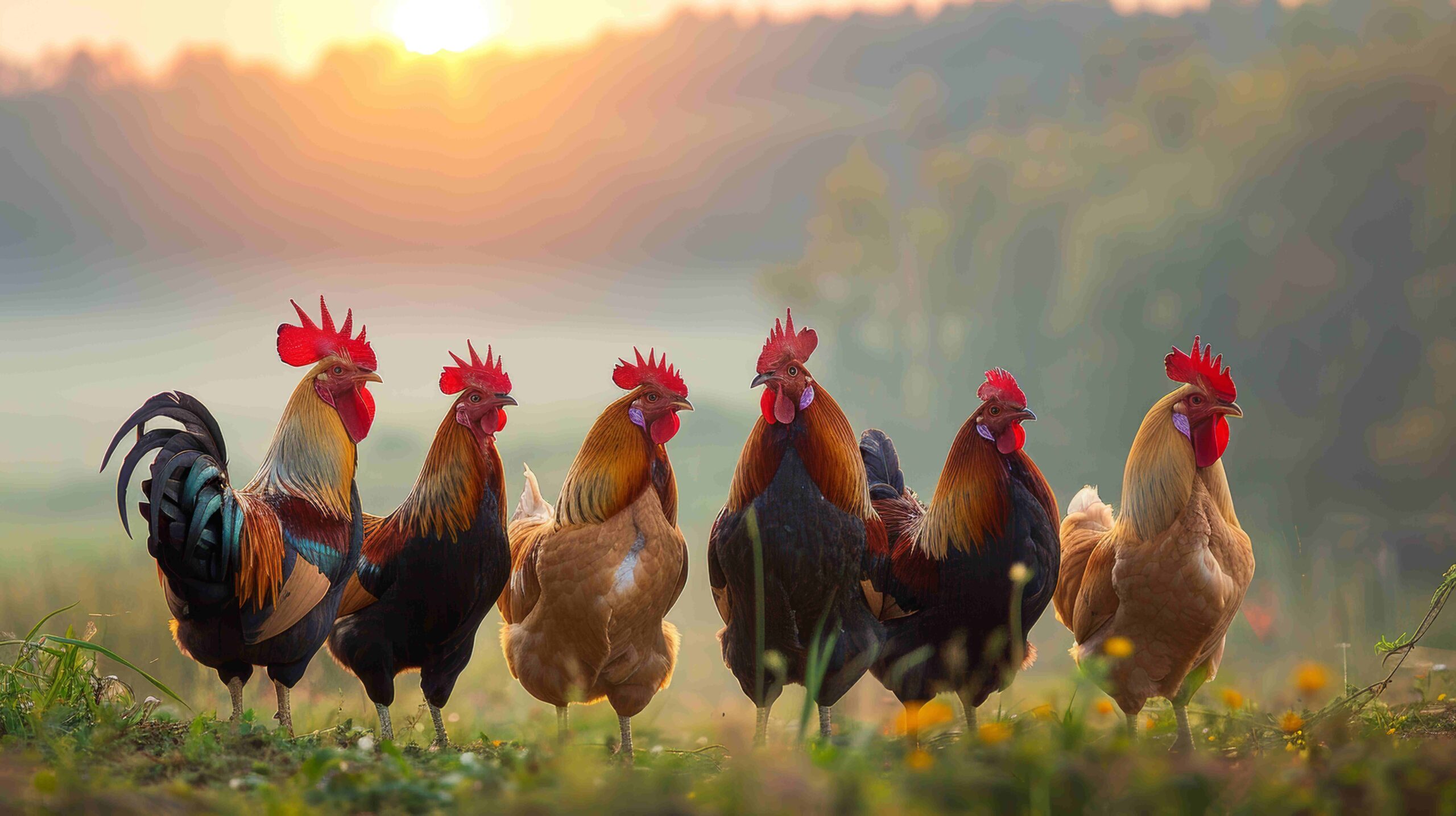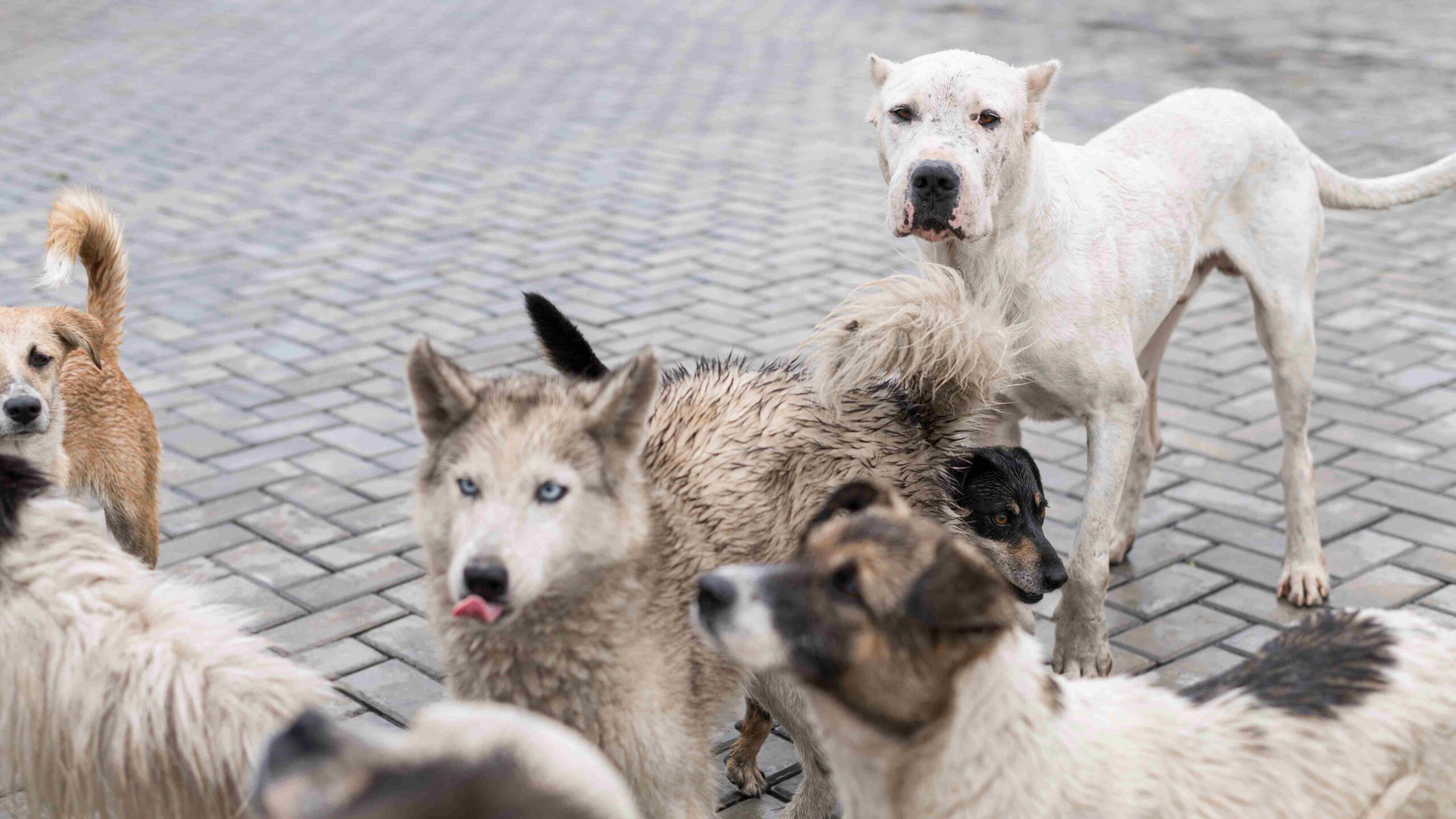If you’ve ever been confused about the difference between a chicken, a hen, and a rooster, you’re not alone! These terms are often used interchangeably, but they refer to distinct categories within the poultry world.
Whether you’re a backyard farmer, a curious learner, or just someone who loves a good farm-fresh egg, understanding these differences can be quite useful. Let’s break it down in simple terms.
What Is a Chicken?
A chicken is the general term used to describe a domesticated bird from the species Gallus gallus domesticus. It’s a broad category that includes both males and females, regardless of their age. In other words, all hens and roosters are chickens, but not all chickens are hens or roosters.
Chickens are one of the most commonly raised birds worldwide for their eggs, meat, and even as pets. They come in different breeds, sizes, and colors, each with unique characteristics and purposes.
What Is a Hen?
A hen is an adult female chicken, typically over a year old. Hens are known for their ability to lay eggs, making them essential to poultry farming and backyard flocks. Once a female chicken reaches maturity and starts laying eggs, she is officially called a hen.
Characteristics of a Hen:
- Usually calm and docile in behavior
- Develops a larger comb and wattles than younger females
- Lays eggs regularly, depending on breed and environment
- Does not crow like a rooster
Hens play a vital role in egg production. Some breeds, such as the Rhode Island Red and Leghorn, are known for their prolific egg-laying abilities, sometimes producing up to 300 eggs per year!
What Is a Rooster?
A rooster is an adult male chicken. Unlike hens, roosters do not lay eggs. Instead, they serve as protectors and leaders of the flock. Their main job is to fertilize eggs and keep predators at bay.
Characteristics of a Rooster:
- Larger and more colorful than hens
- Has a prominent comb and wattles
- Grows long, curved tail feathers
- Crows loudly, often at sunrise
- More aggressive and territorial
Roosters can be quite flashy, with bright plumage and striking tail feathers. Their crowing serves as a territorial call and a wake-up signal for farmers. While they can be aggressive, they are also essential in maintaining a balanced flock.
Key Differences Between a Hen and a Rooster
| Feature | Hen | Rooster |
|---|---|---|
| Gender | Female | Male |
| Egg Laying | Yes | No |
| Crowing | No | Yes |
| Size | Smaller | Larger |
| Appearance | Less colorful, smaller comb and wattles | Bright plumage, larger comb and wattles |
| Behavior | Docile | More aggressive and protective |
What About Chicks?
Chicks are baby chickens that have recently hatched from an egg. They are tiny, fluffy, and require warmth and care in their early days. Chicks can grow into either hens or roosters, but it’s often difficult to determine their gender until they mature.
Why Do These Differences Matter?
Understanding the differences between chickens, hens, and roosters is important for several reasons:
- Poultry Farming: Helps in managing flocks effectively.
- Egg Production: Knowing which birds lay eggs ensures a steady supply.
- Behavioral Traits: Helps in handling and housing chickens appropriately.
- Backyard Chicken Keeping: Ensures a balanced and peaceful coop.
Final Thoughts
While all hens and roosters are chickens, they have distinct roles in a flock. Hens provide eggs, roosters protect the flock, and chicks represent the future generation. Whether you’re raising chickens for eggs, meat, or companionship, recognizing these differences helps in better flock management.
For more insights on animal care and health, check out CureMedoc, where you’ll find valuable tips on keeping your animals healthy and happy.
Sahil Sachdeva is the Founder of curemedoc.com and a Digital Marketing professional with 6+ years of experience. If you need help in Content writing and want to increase your website ranking, connect with him, as he has some premium websites where you can share blogs with DoFollow links and increase your website’s ranking on Google.


